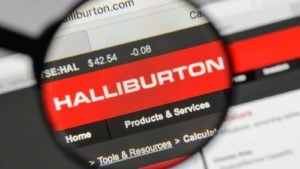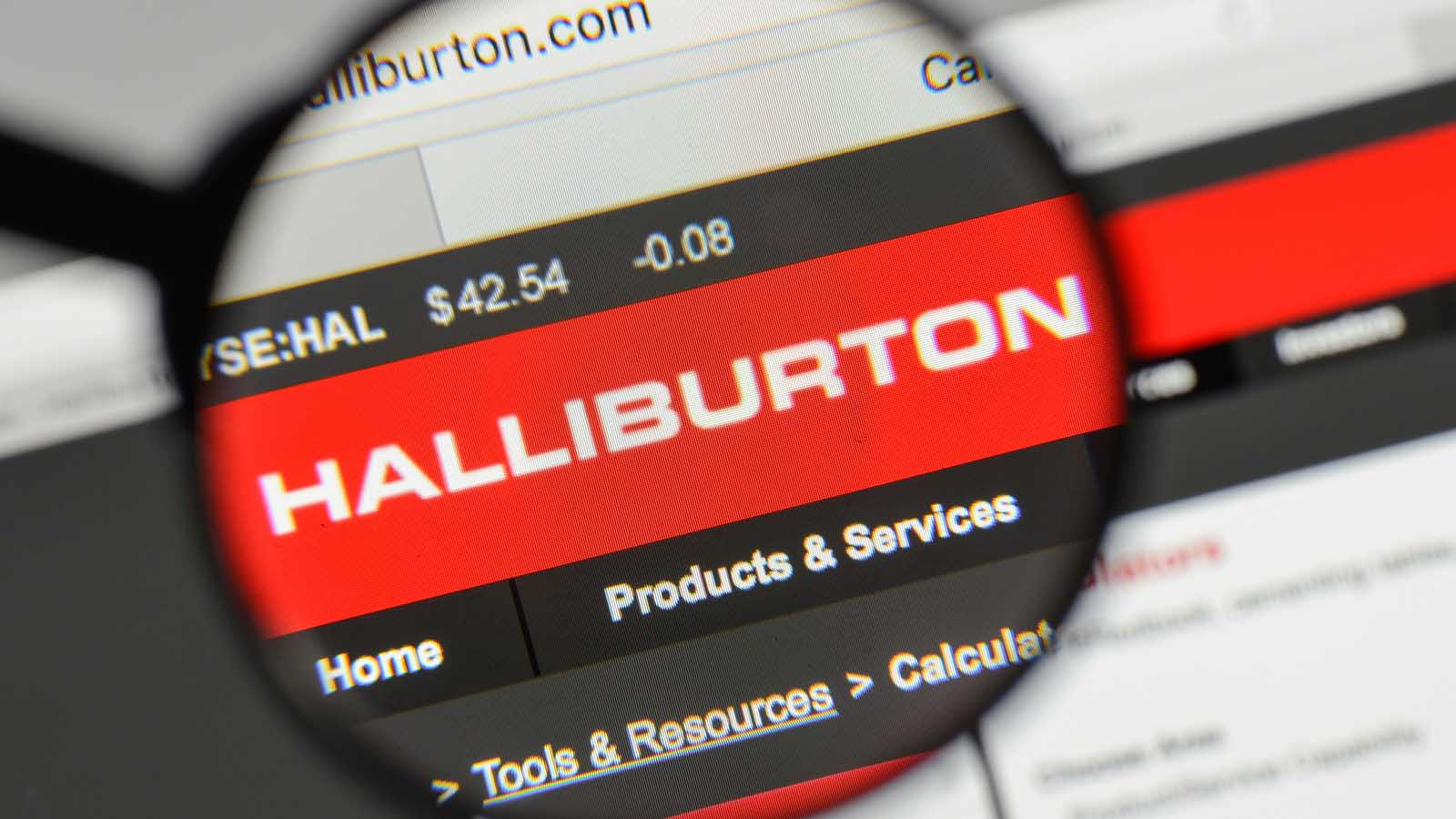Halliburton (NYSE:HAL) stock will get a huge boost this week if the company declares another regular quarterly dividend. Typically it declares the second-quarter dividend around May 15 or so. So investors should look to see if the company continues the dividend.

Right now, Halliburton yields 6.7% based on its quarterly 18-cent dividend. It has kept the dividend at this level for the past five years. This is a great yield — all the more so since Halliburton has taken actions to make it more secure.
Reuters reported on April 20, that the company has no plans to cut the dividend. But it “promised to not take on debt” to make the payment. Let’s see if that is possible.
Halliburton’s Cash Flow Should Cover The Dividend
In Q1, cash flow from operation (CFFO) was just barely positive at $225 million. But since capital expenditures came in at $213 million, its free cash flow, used to pay the dividend, was just $12 million.
However, the company said in its earnings release that it was not only cutting expenses but also limiting capex to $800 million. For example, the run rate of capex in Q1 was $852 million ($213 million x 4).
The cost cut of $1 billion, plus the reduction in capex will allow the company to cover its dividend expense of $158 million per quarter, or $632 million annually.
Here is how that would work. There would be $52 million in capex spending savings. Added to the $12 million in existing FCF, the total is now $64 million.
In addition, $1 billion in cost savings, or $250 million per quarter, would go straight to the bottom line of FCF. So, now, assuming prices of its services and oil and gas stayed the same, the FCF would be $314 million per quarter. That should be enough, even with a margin of safety, to cover the $158 million quarterly cost of the dividend.
What Halliburton Stock Is Worth Using Dividend Yield
Seeking Alpha says that Halliburton has had an average dividend yield of 2.45% over the last four years. This is with the same dividend per share being paid each quarter as now.
Obviously the oil and gas industry has gone through some turbulent times since over this period. Let’s assume that just half of the difference between today’s yield and the historical average is our target. That is based on a slow increase in the price of oil and gas as well the cost and spending reductions at Halliburton.
That would put the valuation target at 4.59%. Here is how I derived that. The distance between 6.73% and 2.45% is 4.28%. Half of that is 2.14%. So if today’s price rose enough to lower the Halliburton dividend yield by 2.14%, that yield would be 4.59%.
Now let’s take today’s dividend per share and divide it by 4.59%. That works out as follows: 72 cents per share divided by 4.59% equals a price of $15.69 per share.
That price represents a gain of roughly $5 per share over the price on Friday, May 8 at $10.70 per share. In other words, using some simple assumptions, Halliburton stock is worth at least 47% more than today’s price ($15.69 divided by $10.70 per share).
What Analysts Are Saying About Halliburton Stock
According to Reuters, analysts on Wall Street liked the actions that Halliburton took to cut costs and limit capex spending.
Bloomberg reported that fracking demand is “falling hard” and that oil service and exploration companies were in “retrench” mode.
Interestingly, no news or analytical outlet focused on the sustained dividend that management is trying to protect. This is very important for the stock price to recover, once oil and gas prices rise.
Here is what the CEO, Jeff Miller, said in its press release about its drastic cost-cutting actions:
“We have been through downturns before. We know what to do and will execute based on that experience. We are taking swift actions to reduce overhead …
“We believe the actions we take will not only temper the impact of the activity declines on our financial performance, but also ensure that we are in a strong position, financially and structurally, to take advantage of the market’s eventual recovery.”
This is the kind of action you want management to take in a downturn. It will help the stock to rebound fairly quickly, especially if the dividend is maintained.
As of this writing, Mark Hake, CFA does not hold a position in any of the aforementioned securities. Mark Hake runs the Total Yield Value Guide, which you can review here.
